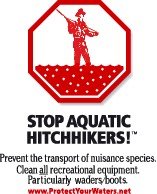MAY 24, 2008
FISH THE PARK
Too Thick To Wade - Too Thin To Plow
bring a slicker

.. First, the weather: not as bad as it could be. Showers are in the forecast. Some snow, some rain, some mixed, and who knows what else. Temperatures will climb into the 40's and maybe even low 50's. The blue sky will be visible on rare occasions. Bring as much clothing as your first class ticket will allow.

.. That's the good news. The other news is as follows:
1] The west entrance station to Yellowstone National Park is now fully functional - the road isn't. A one lane constriction will slow you down.
2] The snow cover has kept the large

ungulates in the valleys and on the roads. The bears and wolves have stayed with them. Traffic will be horrific.
3] The only people who can afford to drive to the park have land yachts in the 40' class. They pull $46,000 Hummers behind them. They stop in the middle of the road to grab a snapshot of ground squirrels.
4] Die hard fishers are already gathering in West Yellowstone. The rivers will be crowded. Be prepared to make new friends and enemies.
5] There is still a foot, (or more,) of snow on the secondary roads. There may be difficulty getting to some fishing spots.
6] The meadows are full of water, bison, elk, wolves and bears. Other than that, they are slick, spongy, soggy and 'quick.' Be prepared to wade cautiously to the rivers edge in many places.
7] The water is no less than bank high in most places on the
Gibbon,
Firehole, and
Madison Rivers.
-------

.. Fly fishers are fond of describing rivers in the Spring with gentle phrases. Some like "tea-stained," or "tea-colored."

Other folks like "off color," or "cloudy," or "brownish." Occasionally you will hear words like buff, dark, dull, or even gray.
.. The current state of most of the rivers is better described using colors that could refer to the contents of a baby's diaper.
.. The
Madison River near West Yellowstone, (
Barns Holes to
Seven Mile Bridge,) is full, frothy, dark brown with a visibility of less than a foot and getting more dense each day. This is a sick baby.
.. The road to the
Barns Holes is still restricted by snow that should be mostly gone by Saturday.

We went down and back but did not travel the muddy dirt trails of the meadow. Faint of heart, we are.
.. The long riffles and glides are so deep that there is little in the way of spume, spray or whitecaps. It's possible to define the main channels by the organic froth and bubbles that are in the main stream flows.
.. Above
Seven Mile Bridge the river is out of bank in several

places and some of the meadows are covered by a foot of water.
.. The carcasses of dead elk and bison are seen as furry islands: usually guarded by ravens, or eagles, or bears, or coyotes. At the confluence of the
Firehole and
Gibbon Rivers in
National Park Meadows it is clear to see that the
Gibbon River is contributing the majority of the silt and sand to the
Madison River.
.. The broad meadows that hold some of the better-fishing tributaries are no less that a foot deep and some are deeper. If you can get across the
Madison River to a couple of these choice tributaries, they will be less clear than they have been in the recent past.
.. The bank at
Nine Mile Hole is rapidly eroding, and the hot spring in
National Park Meadows is under water. Fishing the
Madison River on opening day will certainly be tough and largely a symbolic gesture.

-------
.. There are spots on the
Gibbon River that may be productive for the fly fisher on May 24. You'll have to be ginger in your step,

quick in your reflex, and vigilant in your observation. There are bison and elk in many of the meadows. The water is spread thin and the little depressions hold fish in the grass.
.. The canyon is pretty much out of the question. However the plunge pool above
Tanker Bend has a bit of slow clear water. The plunge pool below the bend is a brown mud hole with pink and yellow froth defining the main channel. Over-all, the canyon water is not as badly colored as it could be. Cool temperatures may slow it down some - probably not!
.. The constriction of the
Gibbon River near the picnic area between
Gibbon Meadows and
Elk Meadows has produced an hydraulic dam and slowed the river enough that there are some fishable areas. After all, fish gotta eat!
.. The meadows around
Norris Campground are clear of snow and more than a little damp. The water is rising at the present writing and is about 14" deep. Fish are in the grass and the water in the meadows is clear. This is fishable if you have the skills of a bonefisher.
.. The meadows above
Virginia Cascade still have a bit of snow in them and trudging through this slush will be a chore. The
Gibbon River is actually tea-stained in this stretch and it is only out of bank in a couple of places. The meadow is very soft and you could be up to your ankles, (or worse,) if you're not careful.

-------
.. The
Firehole River is looking like its traditional

opening day self. It's roiling, burbling, bubbling, twisting and very full. Color is not up yet and visibility in some places is as much as three to four feet. The constricted sections around
Midway Geyser Basin and in the
Firehole Canyon are showing a bit of energy but the river is still within its banks, (right now.)
.. The meadows of meanders in
Biscuit Basin are soggy and the water is nearly clear adjacent to some of the banks. This will be a popular destination on opening day. There is easy access, there

is a big parking lot, there are "facilities," and the scenery can't be beat.
.. The big meadows below the bridge are wet and soggy. The
Firehole River is out of bank in a couple of areas. Walking this section is also complicated by the numerous bears and carcasses in the area. There will be crowds early for the bear shows. They will linger through the day and then thicken again in the evening. If you'd like to collect license plate sightings - this is the place.
-------
.. The waters around the confluence of the
Firehole River and
Nez Perce Creek at the entrance bridge to
Fountain Flat are surprisingly clear. No baby diapers here. More like diluted iced tea. Very encouraging.
.. The bison are thick and the bears are too.
Nez Perce Creek 
above the
Grand Loop Road Bridge is closed because of the dense bear population.
.. The short stretch of
Nez Perce Creek , between the bridge and the
Firehole River looks very fishy as of this writing. The outlet from
Hidden Pond is flowing nicely and that will be a good place to check. It's clear, cool, and very buggy.
.. The high ground between the two rivers is dry, lush, and protected. The picnic tables are in place as well.

-------
.. What flies? What bugs? What waters? STAY TUNED.
 .. Our friend Tim Alpers has gotten some help from the Mono County Development Council and is rapidly on his way to making the Conway Ranch along Highway 395 a new destination for California fishing.
.. Our friend Tim Alpers has gotten some help from the Mono County Development Council and is rapidly on his way to making the Conway Ranch along Highway 395 a new destination for California fishing.  Read the whole story by Pete Thomas in the L.A. Times.
Read the whole story by Pete Thomas in the L.A. Times. .. Lake fishers, big water river fishers, and daredevil rapids fishermen now have the opportunity to take it all with them.
.. Lake fishers, big water river fishers, and daredevil rapids fishermen now have the opportunity to take it all with them. .. If you're a flats type, or just have genes of the adventurous kind, try their inflatable kayak. Stand up for a better view. It's only $1,899.95
.. If you're a flats type, or just have genes of the adventurous kind, try their inflatable kayak. Stand up for a better view. It's only $1,899.95 .. The Firehole River has provided some O.K. fishing for the opening week in Yellowstone National Park. Baetis in the afternoon
.. The Firehole River has provided some O.K. fishing for the opening week in Yellowstone National Park. Baetis in the afternoon  and just about any double nymph rig all day.
and just about any double nymph rig all day.

































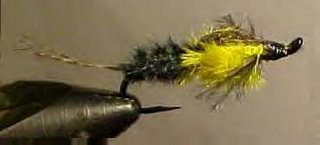
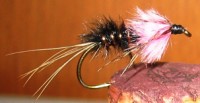






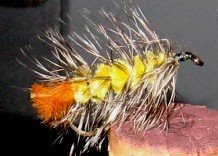
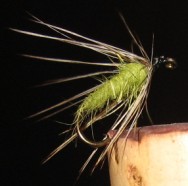

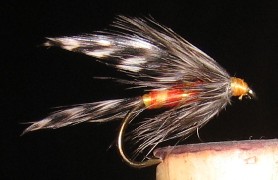








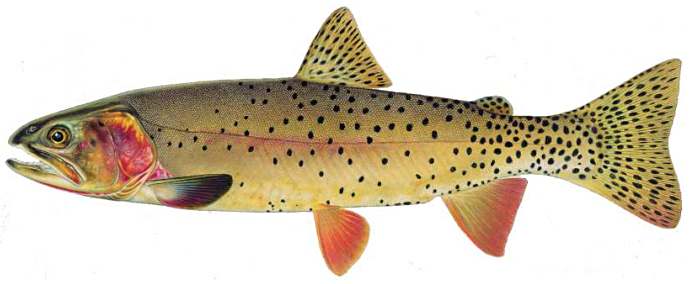

.jpg)
